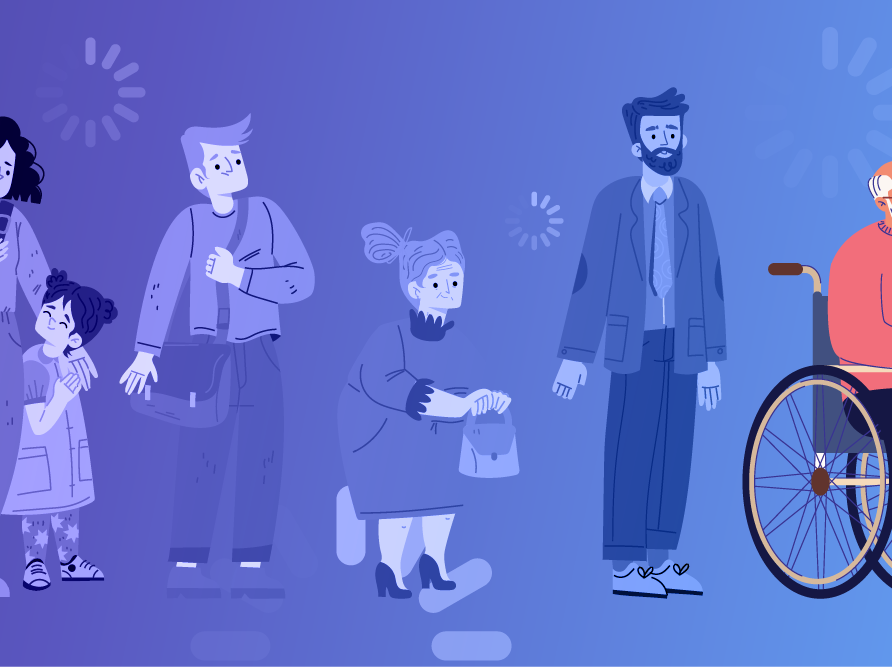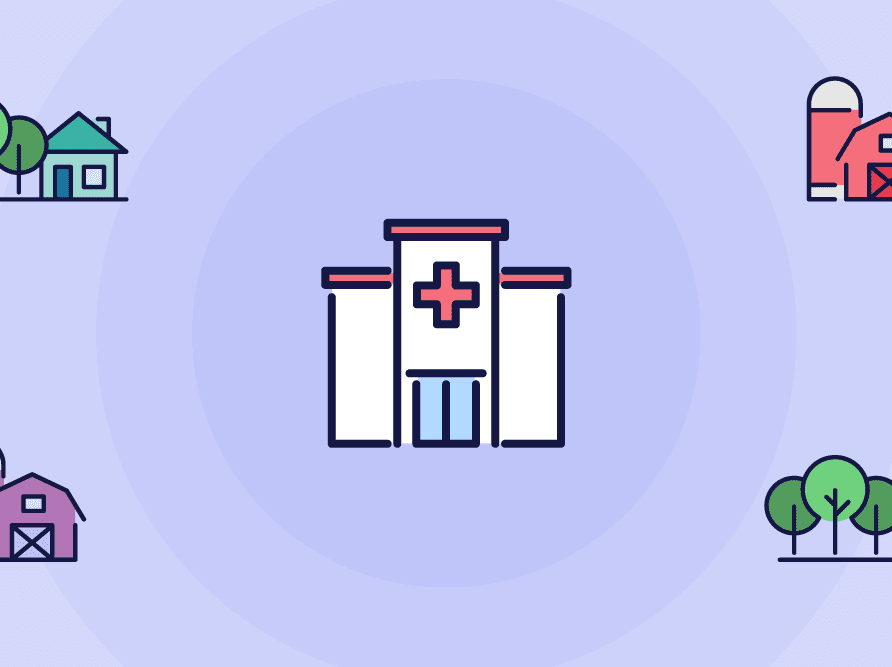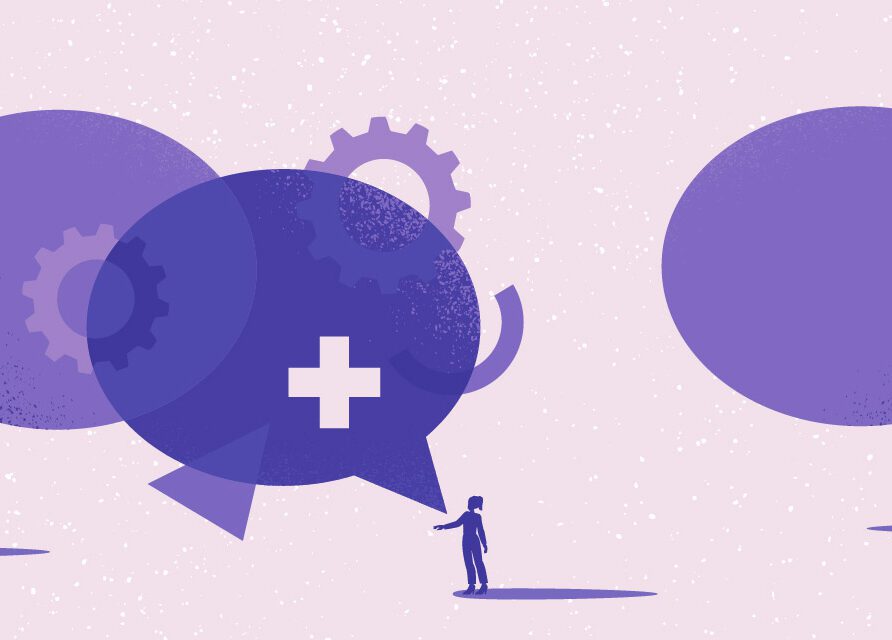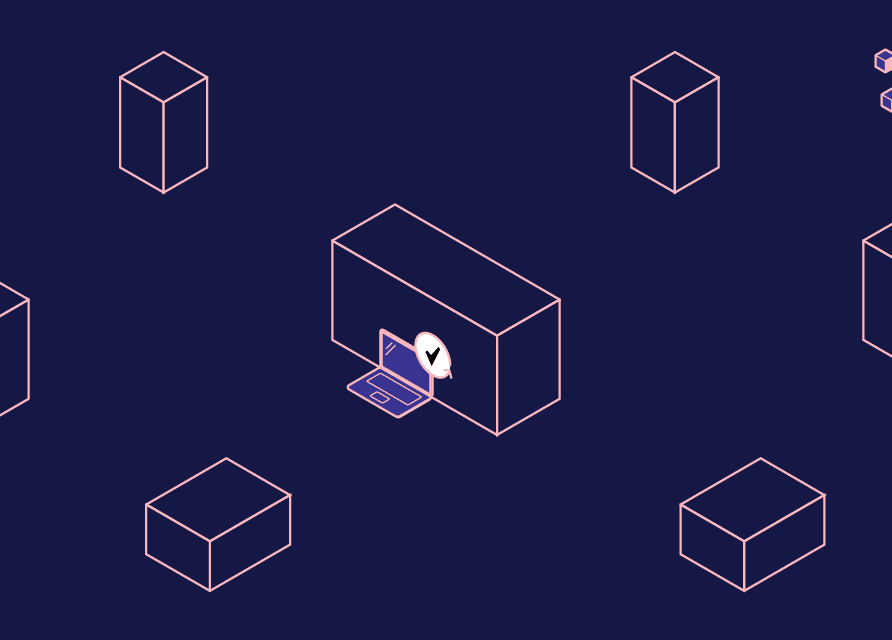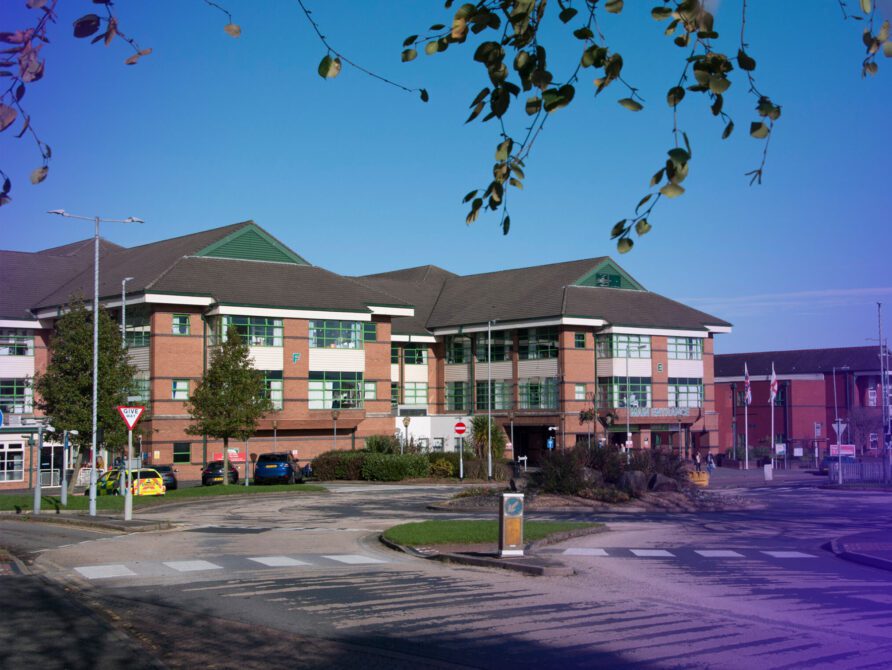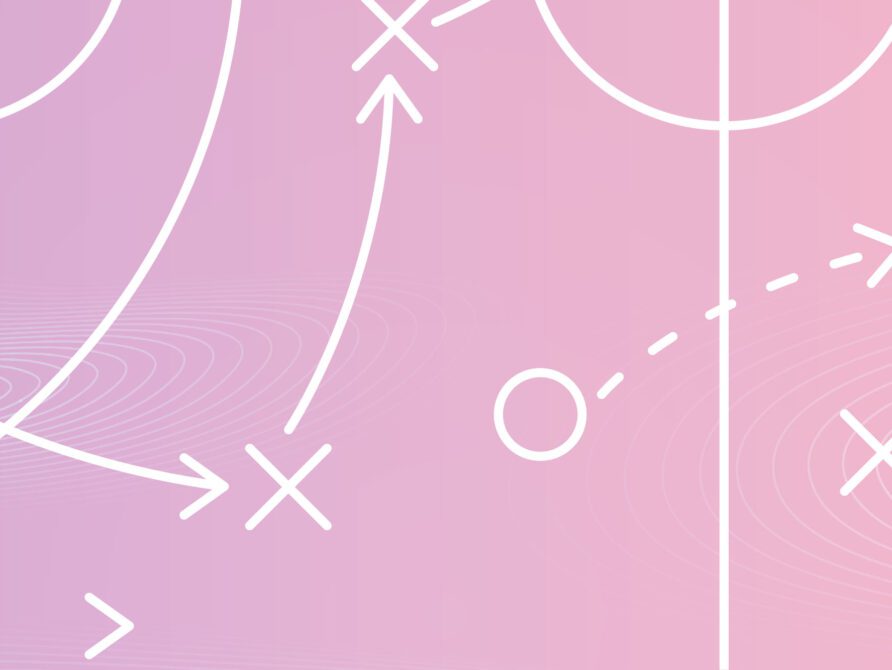Article
Human-Centered Design: Ideating for a brilliant future
* This content was originally published prior to N. Harris Computer Corporation’s 2022 acquisition of the Allscripts Hospital and Large Physician Practice business segment. Our business is now known as Altera Digital Health.
This next part of our series focused on the key steps in using Human-Centered Design is the “Ideate” phase of the process. To recap, at this point the Design team has defined scope, performed research out in the field, analyzed and synthesized the data, and has discovered three-to-four key findings to guide the new experience. Now comes the fun part! Ideation—taking all those findings, everything the team has collected, and formulating a few directions to experiment with in the prototyping phase.
One way to do this is to cultivate a “How might we” statement to solve for, build a narrative for a solution, and then make storyboards to visually share those narratives with others. Let’s start with the “How might we” statements.
Once the team has decided on the key challenge areas, it can write targeted “How might we” statements to start ideation. The “How might we” statement was coined in the 1970s by Procter & Gamble and is now used by Design professionals worldwide. It’s a framework that looks toward the common problem found in the research. For example, when performing research with healthcare providers, we found that physicians are burdened by a complex system and their personal time suffers. A “How might we” statement to spur ideation may look something like this: “How might we lessen the cognitive burden and give physicians their evening hours back?” This statement keeps the team focused, keeps team members’ “pet projects” at bay and drives the narrative toward solutions that will solve the key challenge.
Once the “How might we” statements have been created from research, the ideation can continue by brainstorming as many ideas as you can, and then creating a narrative for the top contenders. There have been several books on the topic, and one I find extremely useful is Ellen Lupton’s Design is Storytelling.
Defining a narrative, or story, around the challenge is a great way to communicate new ideas. By sketching out these new ideas, ideating can take new turns, look at new perspectives and realize a new future. The more we tell the story, the more of a reality it will be. As humans, we can literally talk our way into a new way of being.
Narrative communicates action. It defines intentions, takes context and human behavior into account, shows relationships between humans and their environments and can result in a future that is desired by all.
Narratives have several critical elements. Think of your favorite play or movie. There’s a setting, a mood or atmosphere, a plot, conflict, characters and a theme. We can take this approach and generate ideas by acting out the user’s action in context of use and investigate questions. In the traditional narrative style, there are issues the actors attempt to resolve as they navigate the stories. They react to their environment, and the audience sees the world from their perspective. When transferring this traditional view to the design view, we ask ourselves: who, where, what do they want, what is keeping them from getting what they want, and how can we help them get what they want?
When creating narratives about the new ideas, consider starting in the middle. Think of “Hamlet,” “Star Wars” or your favorite sitcom. The first lines of each of these start in the middle of the story. The designer/writer then tells the story forward and backward to fill in the context. The audience stays riveted as the story unfolds.
Once the team has a direction in a “How might we” statement, a culled group of ideas, and a narrative to communicate the selected few, a great way to help convey the story is by creating storyboards. Think comic strips to show Design intent. In the film industry, a storyboard is a planning tool to help define the visual whole, to map scenes and to define shots within scenes that can be captured out of sequence. In the software community, storyboards often mean a sequence of screens that visualize the user actions. In Interaction Design, storyboards are design proposals. They show a user in context engaging with a proposed system.
There are four key steps to creating an idea storyboard:
- State the context
- State the problem
- State the solution
- State the resolution
In a comic strip style, this can be done in four panels.
Here’s a great (and simple) example from NNGroup.com
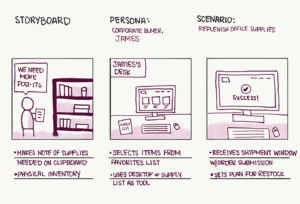
They also have a wonderful storyboard template, to help a new team get started.
Please note, you don’t have to know how to draw to make awesome storyboards. Anyone can communicate ideas with a few stick people and a visual representation of an action and environment.
Once a storyboard is created, the team can communicate the ideas to stakeholders and together they can choose which direction to prototype and usability test. These storyboards can also be shown to people that use the products, or customers, to get a quick “gut check” about what works or what doesn’t work for their specific needs. Storyboards can be tweaked based on the feedback, or other ideas may emerge from those discussions. It is a great way to “fail early and often” and focus on the ideas that generate the most value for the business and the users. Remember: The Design team can always cull ideas that no longer serve and potentially save them for a different project.
Ideation may seem daunting, but really, it’s fun, easy, and a great way to collaborate and team-build with others. The trick is to just start and see where the process takes the team. There are no wrong answers at this point. Keeping the stakeholders close and involved in the process is key, so every voice is heard.
The goal here is to define a new solution that is good for business, technically feasible, desired by the people that use it, and healthy for the team that designs and builds it. With all the stakeholders in the room creating with the Design team, the outcome will be exquisite.
With gratitude.


